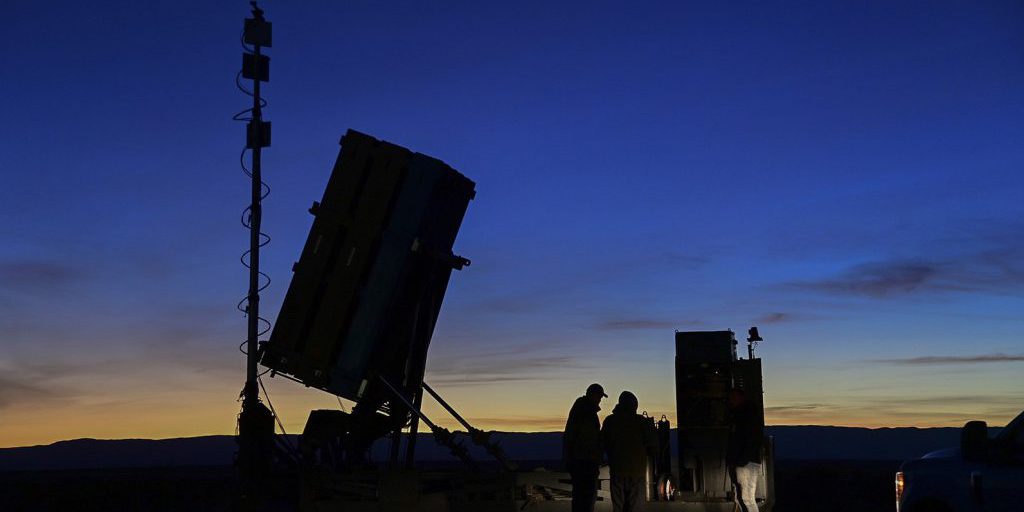QUANTICO, Va. — The 2018 National Defense Strategy warns that U.S. adversaries are actively challenging the long-standing rules-based international order, thus “creating a security environment more complex and volatile than any we have experienced in recent memory.”
Building on the Pentagon’s observations, Gen. David H. Berger, then-commandant of the Marine Corps, released his seminal 2019 Commandant’s Planning Guidance in which he proposed sweeping changes aimed at transforming the Corps from its established land-focused role in the Middle East into a naval expeditionary force-in-readiness primed for active engagement in contested maritime spaces within the Indo-Pacific region.
This ultimately led to the initiation of Force Design 2030—a strategic overhaul aimed at transforming the Marine Corps into a more agile, technologically advanced force, prioritizing stand-in forces, littoral operations, modernization, force sizing and composition, training, and international cooperation.


